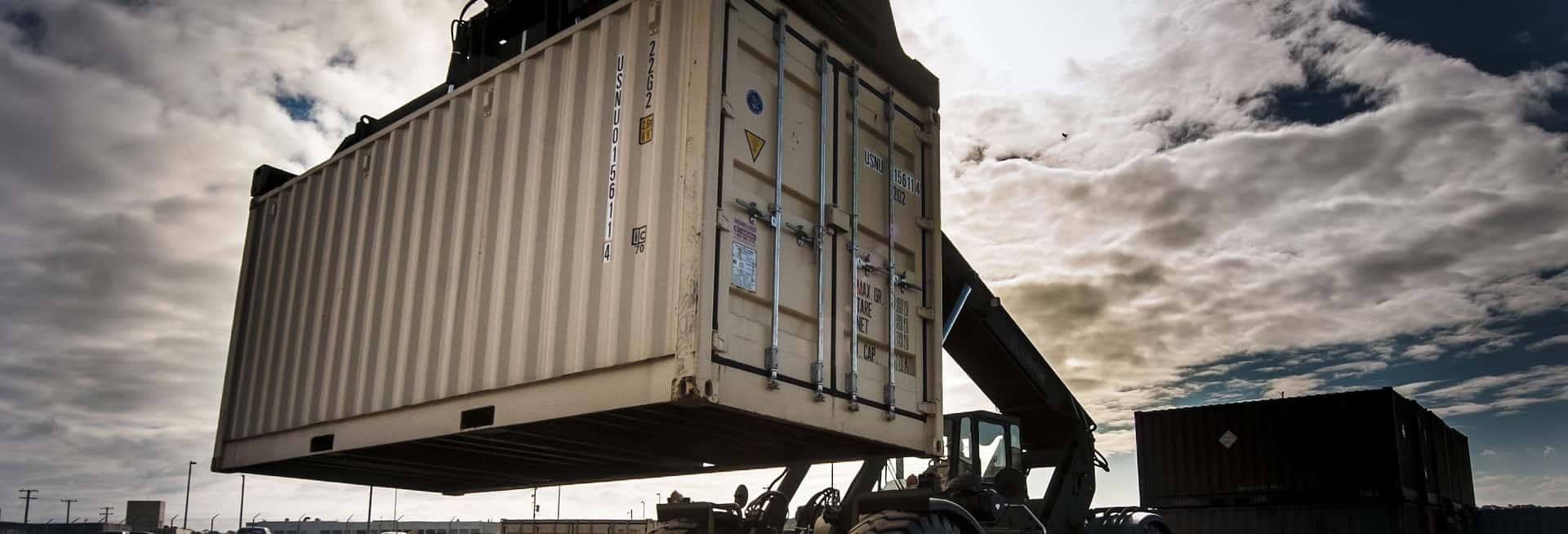International Supply Chain & Distribution specialist Jeremy Burgess discusses the role of imports in our economy and how companies can find a competitive edge by engaging with overseas manufacturers
Every day we all use some form of imported goods and services
Usually, however, they have been imported by someone else with the last transaction taking place in our home country thus making the consumption of imported goods indistinguishable from locally made products.
For many businesses, importing your own raw materials or stock can seem a daunting prospect, you might be confident you can save money by doing it…
…but where do you start?
Identify the key advantages to your business
Perhaps there is a unique product or material not yet available in your home market, by sourcing it, maybe under and exclusive agreement giving you sole rights to your own country you can achieve a competitive advantage and a real chance to get ahead of the competition. Another key advantage of importing is cost. By cutting out a middle man you can get closer to the true product cost allowing you to be competitive in the market whilst retaining a healthy profit margin.
Research your suppliers, build relationships and visit their facilities
Product quality and trace-ability are also important aspects of sourcing direct and importing yourself. By visiting the factory of origin rather than a stockholder’s warehouse you can gain much more confidence in the quality and integrity of the goods you are buying. The fact you do this can also be used as a marketing tool, tell the world how you deal direct with the manufacturer, impose your quality standards and monitor the whole process. Can your competitors say that?
Understand the risks
Of course there are disadvantages of importing too. Perhaps there is a minimum order quantity which means you need to commit to several months stock at once putting pressure on your cash flow. Currency risk through exchange rate fluctuation is also a consideration, if possible try to secure a price in your own currency, if that is not possible talk to your bank about buying currency forward to cover your liabilities. But don’t take big risks on currency. You are a business not a money trader, you may get lucky and exchange rates move in your favour, however of course the opposite can happen leaving you very exposed.
 So how do you get going?
So how do you get going?
My advice is to start with a low risk product or service to test the water, Don’t be afraid to get on a plane and go and meet the supplier and tour their facility. Maybe there is a trade show you can visit too, to broaden your awareness of opportunities. I am a huge believer in building personal relationships with suppliers in the same way you would with key customers. They are both critical to your business. In some cases a company might only have a handful of major suppliers but hundreds of customers. Often businesses focus on customers. Of course there is nothing wrong in that, but at the same time they neglect to build up a strong relationship with their key suppliers.
The subject of selecting suppliers, evaluating them, importing goods and building an ongoing relationship is huge, I have only scratched the surface in these few words, why not contact the team at International Trade Matters to discuss your own business needs in order to put together a plan specific to your business?
Jeremy Burgess is Supply Chain and Logistics Specialist at International Trade Matters Ltd

